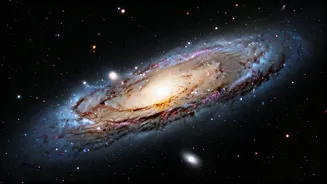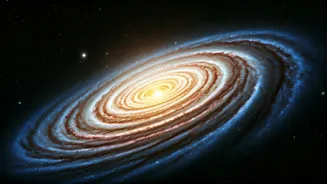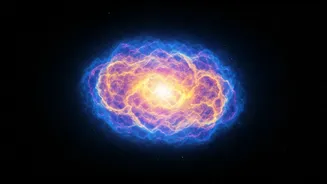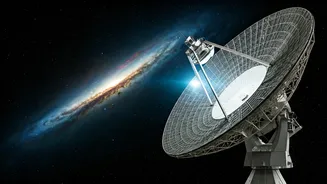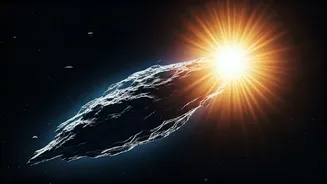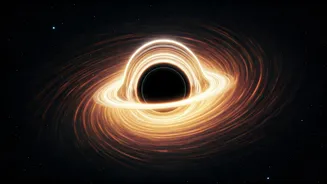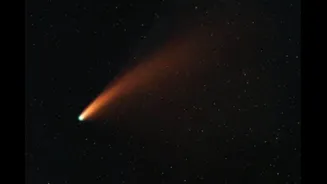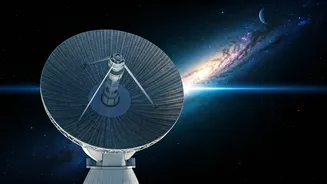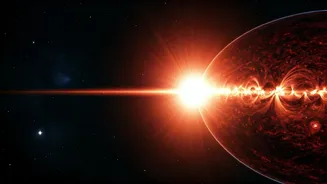A Spiraling Enigma
NGC 1511, a galaxy nestled in the Hydrus constellation, presents a fascinating subject for cosmic investigation. Its peculiar spiral form, far from a picture
of serene cosmic evolution, tells a story of significant gravitational events. The galaxy is connected to other galaxies via streams of gas, a clear indicator of previous close encounters and interactions. Furthermore, the overall structure of NGC 1511 is not uniform. Instead, it features significant warping, which further suggests that the galaxy's structure has been affected by the gravitational pull exerted by nearby galaxies. These anomalies point toward the impact that cosmic collisions have had on this galaxy's present-day form and ongoing evolution, allowing scientists to piece together a better understanding of how galaxies evolve and change over time.
Galactic Neighbors Involved
The history of NGC 1511 is closely linked to interactions with neighboring galaxies. These celestial neighbors have engaged in close encounters, some of which resulted in gravitational interplay. These interactions have had profound consequences for the structure of NGC 1511. The presence of gas streams, which connect it to these other galaxies, provides proof of this turbulent history. These streams serve as a kind of intergalactic bridge, indicating that material exchange occurred between the galaxies. The encounters and their aftermath significantly shaped the structure of NGC 1511, producing the warping features observed today. In essence, the environment in which NGC 1511 exists is not isolated; rather, it is part of a complex cosmic dance, where gravitational forces and close proximity dictate the evolution and shape of galaxies.
Fueling Stellar Births
The turbulence arising from these galactic interactions serves as a catalyst for star formation within NGC 1511. The collision and gravitational pull between galaxies trigger the compression and collapse of gas clouds, a process that is essential to the birth of stars. These encounters generate regions of high density in interstellar gas. This, in turn, fuels the processes of star creation, giving rise to new generations of stars. The rate of star formation can be greatly accelerated by this dynamic process. The study of NGC 1511 offers insight into the relationship between these galactic interactions and the rate of star formation within galaxies. The turmoil caused by gravitational clashes acts as a powerful stimulator for the creation of stars, fundamentally transforming the galaxies affected.
Recovering From Collisions
NGC 1511, a spiral galaxy, is still in the process of recovering from its turbulent encounters. The cosmic collisions and gravitational interactions are not isolated events but rather part of a long-term process of change. The warps and disruptions observed in NGC 1511 represent the after-effects of past interactions, illustrating that galaxies require a significant length of time to stabilize after such disruptive events. The gas streams and gravitational interactions have left a lasting impact on the galaxy. By observing the ongoing state of NGC 1511 and other galaxies that have undergone similar encounters, scientists can gain important insights into the processes and time scales involved in galactic evolution and the long-term impact of cosmic collisions on the structure and formation of galaxies.
